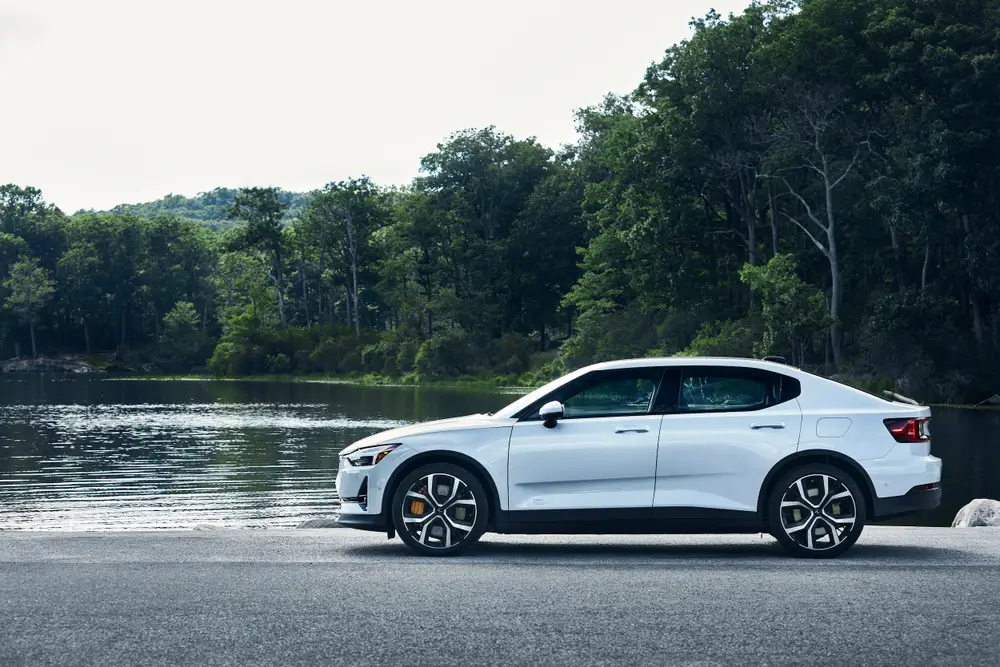The EV revolution is happening right now, and Polestar is one of many companies tapping into this booming market. From Shanghai to Stuttgart, from Toronto to Detroit, the demand for battery cars is increasing everywhere. And with this growth comes a variety of companies, from new upstarts to established giants. Let’s take a look at some of these companies. You might be surprised by who’s already on the ground. The NRDC is also one of the biggest proponents of the electric car revolution.
Until recently, the lack of a viable electric car product was the main hindrance for its widespread adoption. But today, automakers have been busy developing attractive battery models, and dozens of new electric cars are planned for the coming years. The electric car market is expected to grow to a billion dollars by 2020. In the meantime, most of the world’s homes are already wired for electric power. However, the electric car revolution is not without its problems.
Some early models of electric cars had limited ranges and poor charging speeds. But as the technology improves, the ranges of electric cars have expanded rapidly. Several global automakers are investing in the EV industry, including Ford and Volkswagen. In Europe alone, the electric and connected car industry has attracted over $100 billion in investment since 2020. The electric car revolution is poised to become a huge business, and once engineers have developed a battery-operated system that’s competitive, many automakers will be making the switch.
Governments are embracing the electric car revolution, but there are still many challenges to overcome. Although the electric car market has shown promise, governments need to ensure that EVs are affordable. As lithium-ion batteries become more accessible, the cost of batteries will continue to decline. Eventually, it’s possible that electric cars will be as affordable as their gas-powered counterparts. Until then, however, the EV market will be more than a third cheaper than their gasoline-powered counterparts.
The biggest threat to the established automakers is from China. While homegrown Chinese players failed to compete with international rivals in the engine age, they have a golden opportunity to dominate the electric vehicle market. These companies are staffed with European engineers and backed by local governments. SAIC’s MG brand is already making its way to European showrooms, and Chinese groups NIO and Aiways are emerging as viable electric car contenders.
Some cities are also attempting to spur the electric car revolution by putting prices on older models. In London, the “Ultra Low Emission Zone” will penalize older vehicles and expand to areas inside its ring roads. Similar schemes are being implemented in Paris, Brussels, and Amsterdam. And scores of German cities are enacting restrictions on older diesel models. However, despite their success, the future of electric vehicles is far from guaranteed.
One major challenge facing the EV revolution is the lack of skilled technicians. Many service shops have a shortage of technicians. Although they can send current employees to specialized schools to learn more about EVs, that cut into their bottom line. With the high demand for used inventory, many automakers are relying on service departments to stay in business. The demand for EVs is also affecting traditional dealerships’ service departments. For example, while Tesla and other automakers are working to expand their services, they haven’t yet launched their own EV brands.

